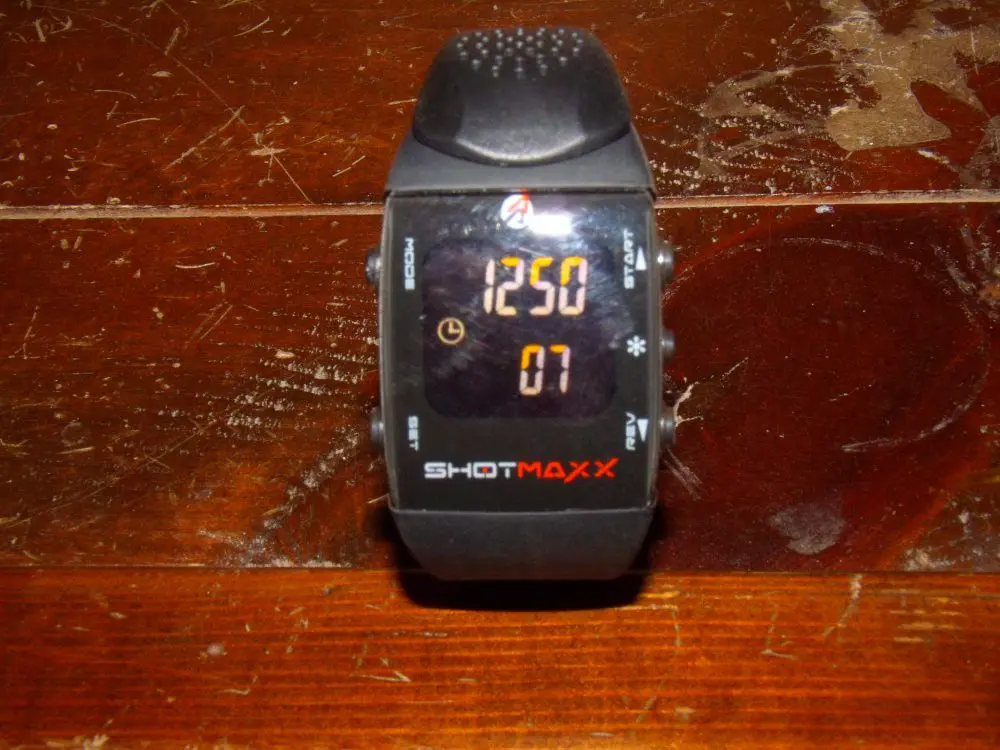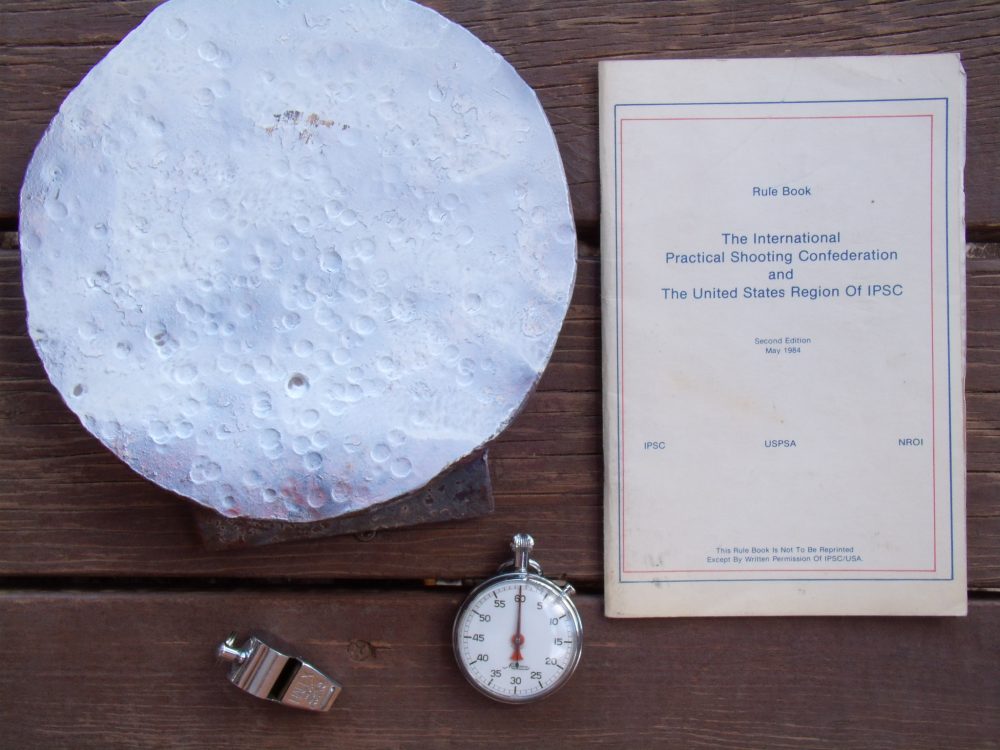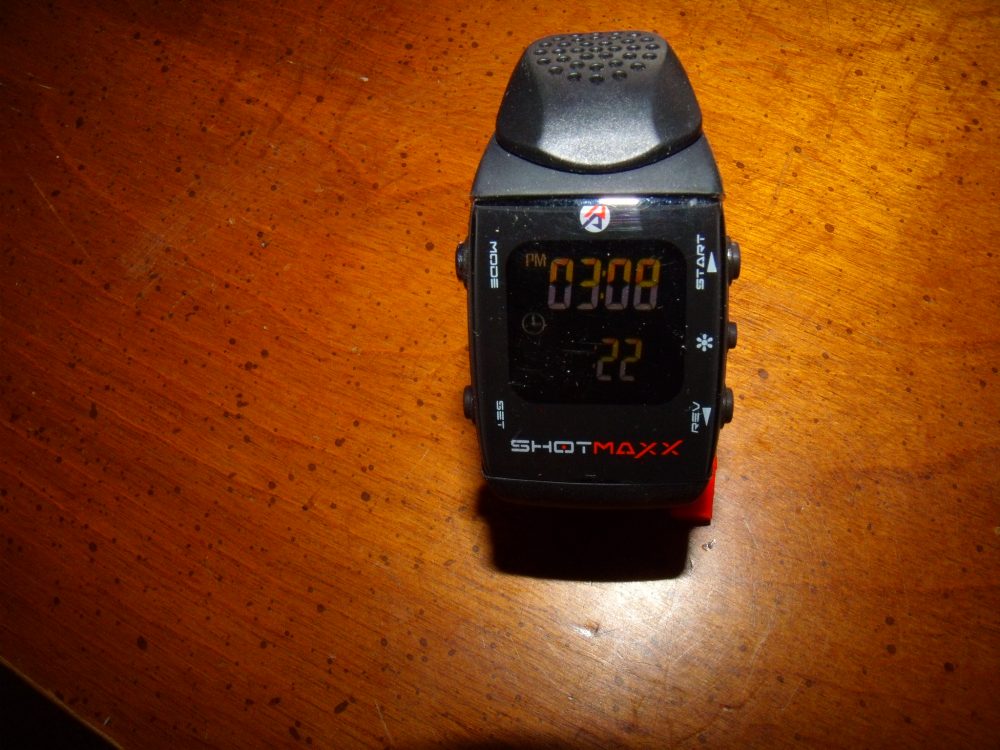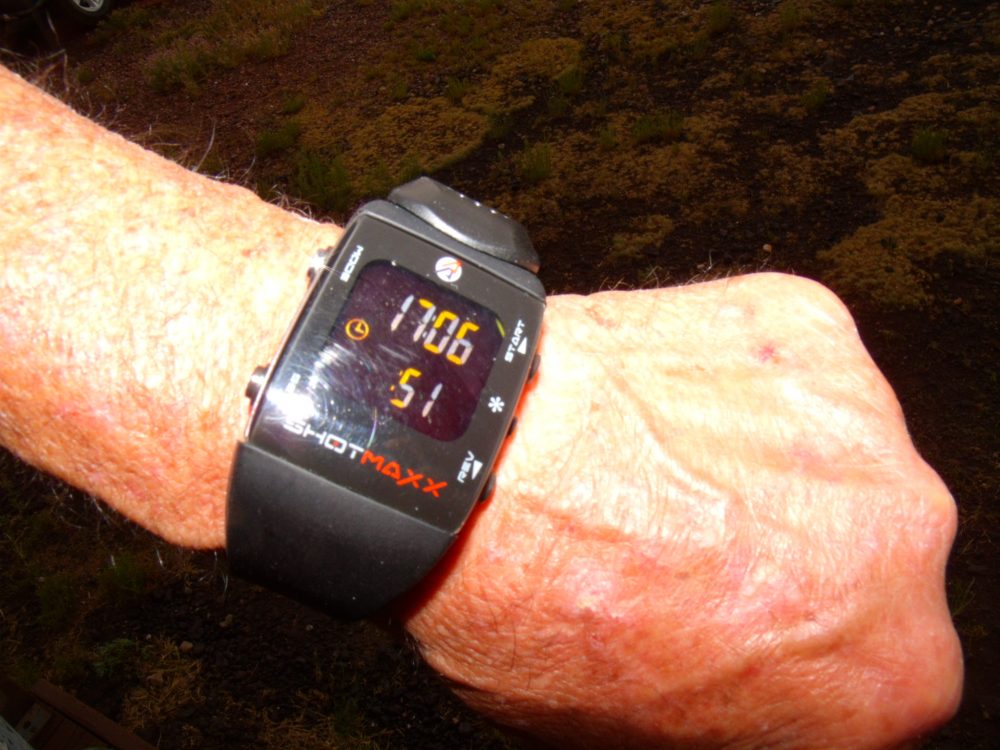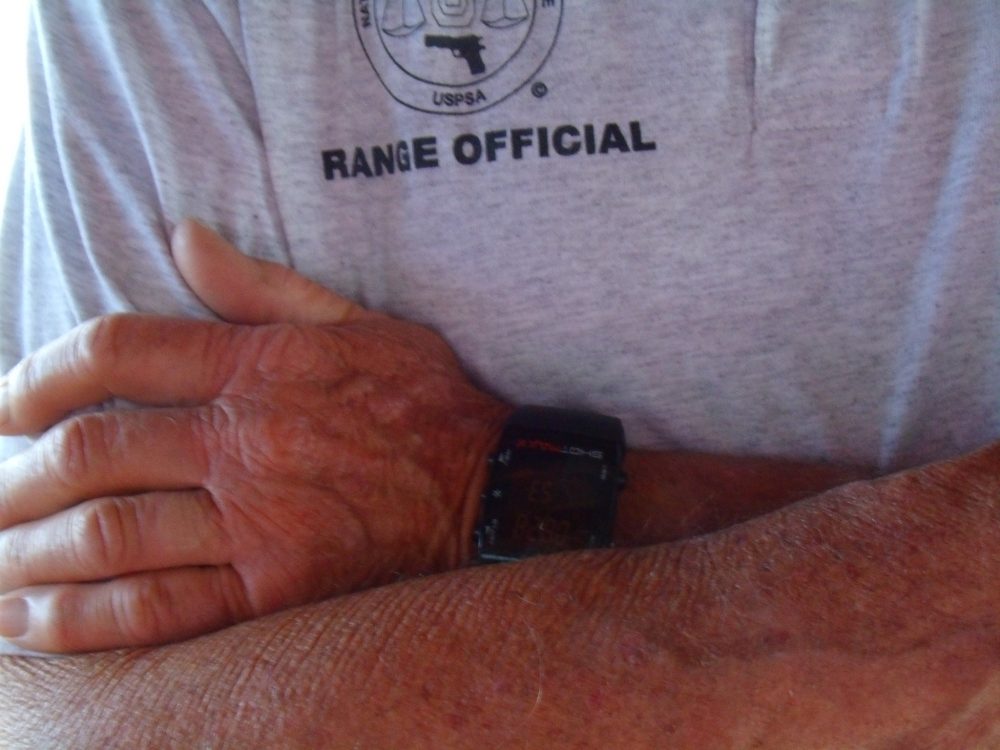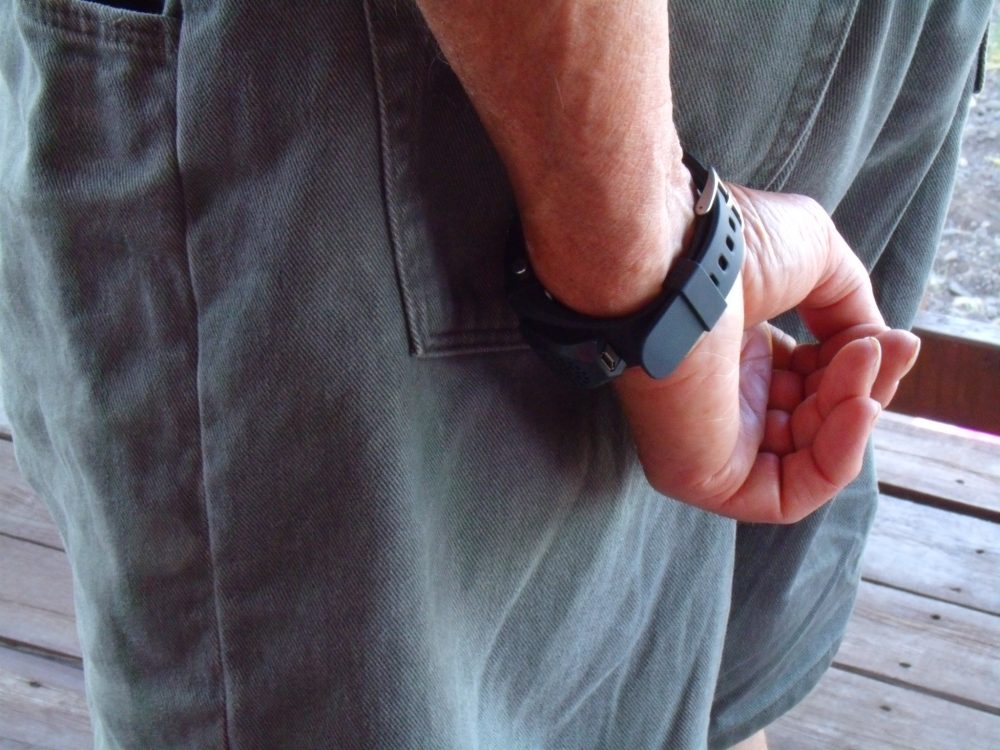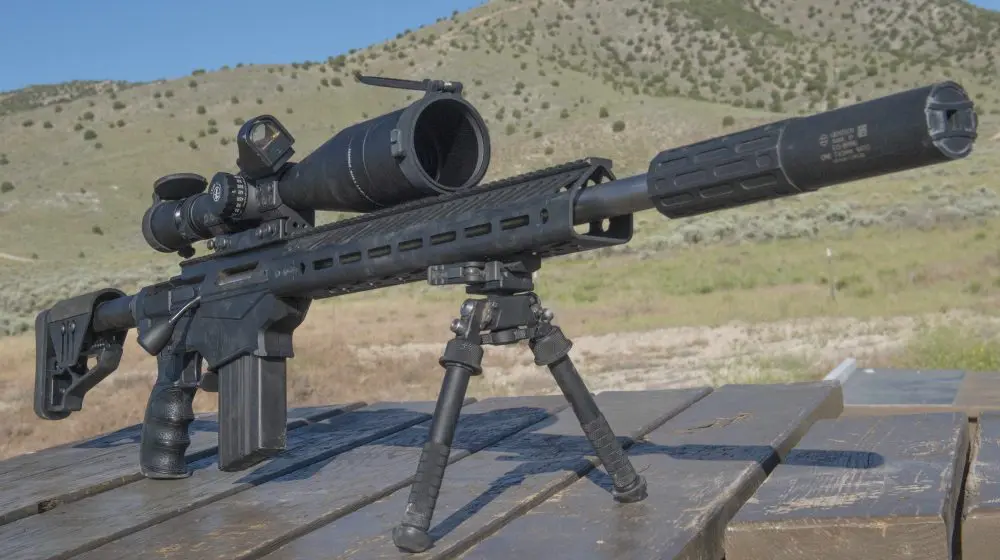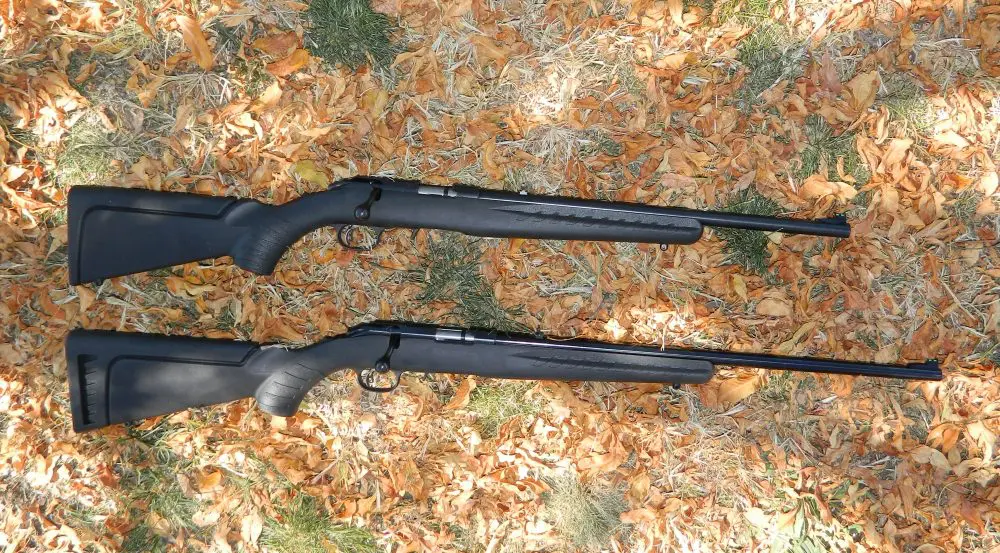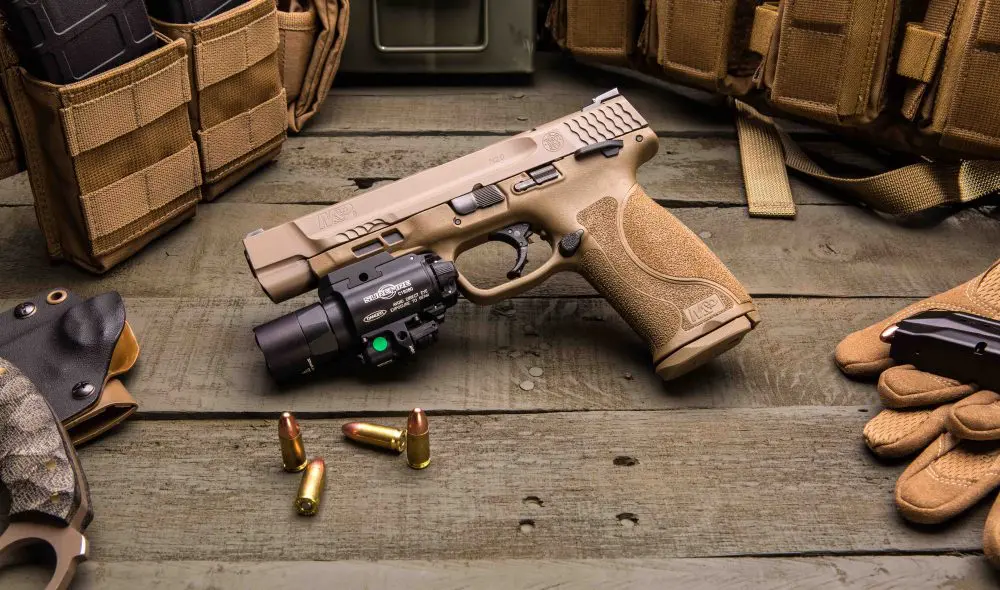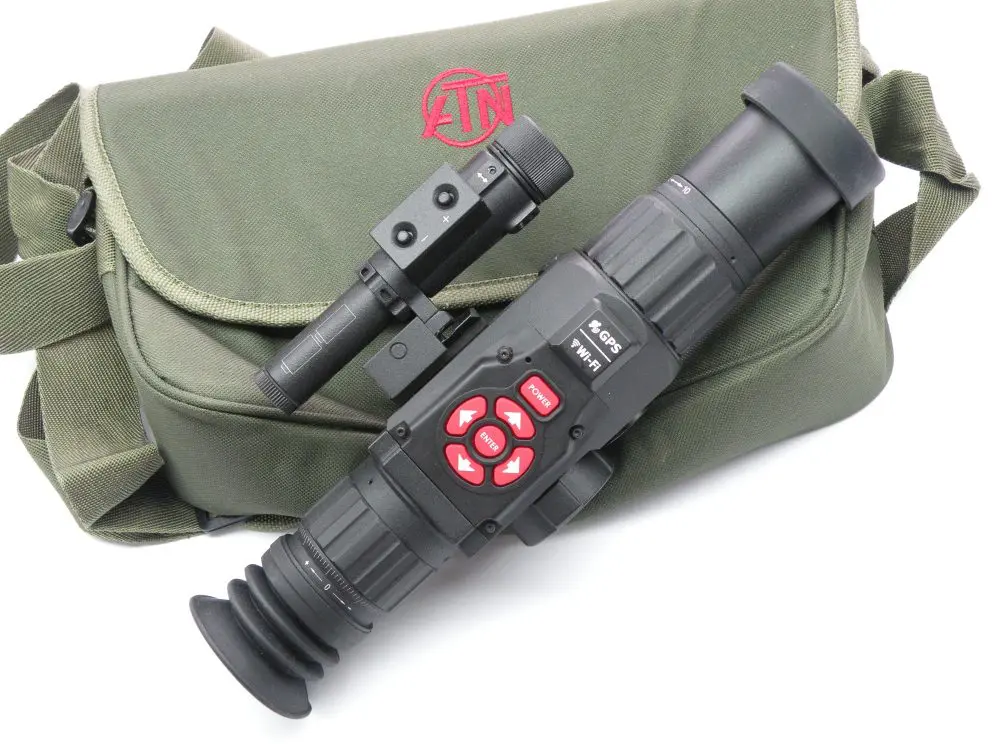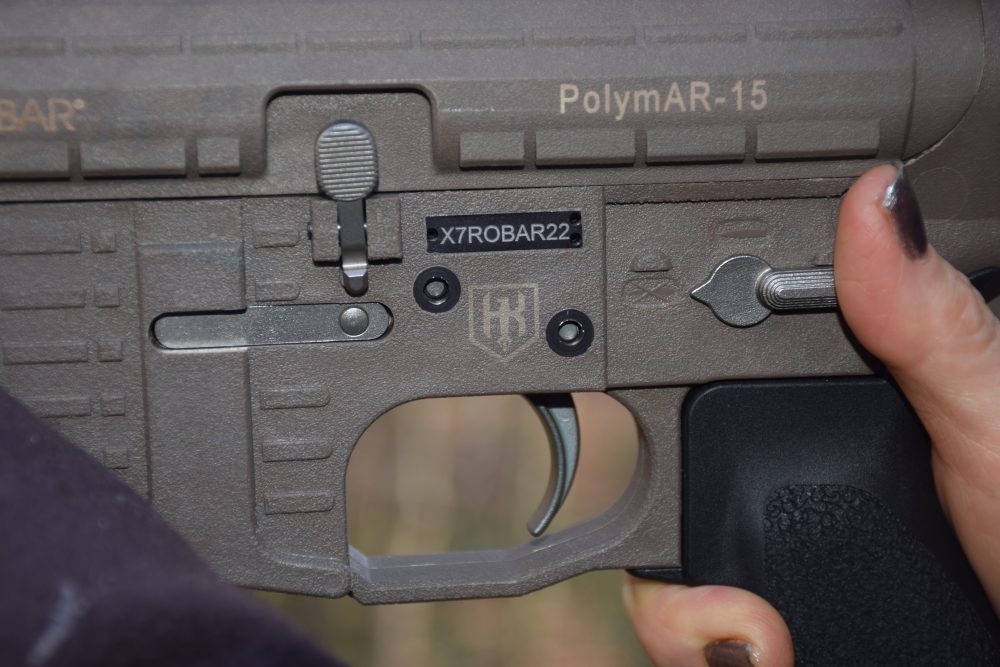I admit, I’m an old timer, err, “seasoned shooter.” I shot my first “combat” (now Practical) match in 1971. At that time, power factor was found using a ballistic pendulum. Score, then as now, was by seeing where hits were on the targets. In those days, as today, we used Walt Comstock’s creation, Comstock Scoring, with numerical score divided by time. But how did we get the time?
The state of the art was a whistle, an analog stopwatch, and a stop plate. Almost every stage required the final shot on a metal stop plate, so the timer knew when to stop the clock. Precise? Not really. Different Range Officers (ROs) had different reaction times, so that brought in a variable. Did they start the time on the start of blowing the whistle, in the middle, or at the end? It could make a difference, and matches were won and lost depending on who ran the clock for different shooters.
How we got started: whistle, stopwatch, stop plate, and rulebook. Only the (updated) rule book remains in use.
The first “electronic” timer was the Rogers’ Timer (developed by Bill Rogers), a largish plastic box that had delay and instant start buttons, and mechanical dials to set the time. It could only be used for fixed time stages and personal practice, but we felt we were on the cutting edge to have them. That was then.
Now, I have on my wrist a timer that weighs less than my watch.
Yes, it’s a watch, with all the normal features you’d expect, but it’s also a shot timer! The Competitive Edge Dynamics Shotmaxx has a start signal, records shots, splits, and your overall time, and does much, much more.
Shotmaxx ready to go!
Table of Contents
SHOTMAXX
One of the best, most innovative improvements is how time is measured. You can use the sound of the shots, but this can be a nightmare on public ranges, as your timer picks up shots from halfway down the line of shooters. And few of us have access to private ranges.
The Shotmaxx includes an accelerometer that uses the recoil of the gun to measure the time. It senses the recoil from each shot, compares it to the sound of the shot, and only records what you have fired. This means you can be on a public range, with other shooters next to you on both sides, and still do some meaningful practice. You can record your times without picking up the shots of the shooters around you, even those firing hand cannons or rifles.
I tried this feature on an indoor range with shooting stalls. The timer recorded every one of my shots without adding those from the other guns being fired or echoes off the walls of the range. No sound-activated timer can do that! All you have to do is wear the Shotmaxx on either hand if you are shooting two-handed, or on your shooting wrist if you are working on one-handed drills.
Shotmaxx at rest
You can adjust the sensitivity of the sound pickup—more sensitive if you’re shooting a quiet gun, down if yours is the loudest one. Do you train with Airsoft guns? The Shotmaxx can be adjusted up far enough to pick up every Airsoft shot as well, for meaningful practice at home!
Of course in either mode it records your time to first shot (draw time), with a buzzer that has two volume levels and a silent mode. My hearing is seriously degraded, but even high-rated ear protection let me hear the start signal, which can be instant, fixed delay, or variable delay. If you’re running a reduced-light course, the display has a light, so data is never lost.
After a string, you can review total time, splits and all the other elements such as reload time. But my techie friends like another feature: you can connect your Shotmaxx via Bluetooth to your device of choice and download all that data for further review.
All it takes to record your times.
COMPETITION APPLICATIONS
I’m too much of an electronic troglodyte to have tried that feature, but my friends love it. And it will speed up match scoring if linked to the device being used for scoring the stage. The match results can feature your draw time, time between shots (splits), and reload time.
Why? So you can see any difference between your practice speed and your match speed. At the match, the RO just enters the score from each target on his device of choice, hits “send,” and brings on the next shooter.
Competition shooters may want to use another unique function, called the spy mode. When set to spy, the accelerometer starts the time on any fast move, such as from the ready as part of your draw. It then records your times as usual. Thus you have another means to compare your match performance to practice.
My only caution here is, don’t try to substitute your spy mode time for the official time recorded by the RO, because your reaction time (to the beep) is not included.
As an instructor, I like to see how my students are progressing. Once again on the indoor range, I found that in audio mode I could stand several feet behind two students and record their individual times, as the mike is somewhat directional. The device has other features, including a filter to ignore echoes or shots from other shooters that closely follow your shots, and those sensitivity settings.
If the RO stands like this (with Shotmaxx rotated under his arm), it will not interfere with the unit’s performance.
I have been a range officer since the early 1980s, so I tried the Shotmaxx in that role. One of my concerns is that, as the RO becomes more comfortable using this unit, s/he may not be attentive to where they have the timer while running a shooter through the course. I intentionally held the timer against my leg while running a shooter on a private range. It picked up every shot. The same was true when I folded my arms: it never missed a shot. And I was trying to muffle it!
With temperatures in the high 90s, I was not willing to put on a heavy jacket to see if that would insulate the timer from the shots. That will have to wait for cooler weather. But the band on the unit is large enough that cold-weather shooters can simply wear it over their winter jackets.
NITS
I did find two tiny nits to pick, one being the written instructions. Yup, I tried reading the instructions first, and found them to be confusing. They refer to various buttons without showing which button is which, but the videos on the CED website cleared that up right away.
The other “nit” is also minor, and may be a programming issue. After a string, I sometimes found the timer had returned to zero after some delay. Usually this occurred when I was focused on coaching the student more than recording his time. I doubt I was hitting a button, as they are well placed to avoid that. But if the student had an issue and needed some coaching, I prioritized that over the time they used for the drill. Not a big problem, but at S.W.A.T. we pledge to reveal all, so I need to mention it.
Author tried to muffle Shotmaxx, but it still recorded every shot.
The Shotmaxx is charged via a USB port and has a built-in meter that tells you how much battery is left. It comes with accessories, including a case, color skins and screen protectors. An option that would be of use if you frequent a remote range and/or sometimes forget to charge your Shotmaxx is the power pack. It lets you recharge your timer from a wall outlet or auto power port.
So, a quick review:
It’s a watch, with alarm, date, and other functions.
It’s a shot timer that allows useful practice, even when close to other shooters.
It works for timing other shooters, as in a match or training course.
It has all the connectivity expected of such a device.
And best of all, it is very competitively priced.
What a pleasure to review a product whose performance actually exceeds its advertising.
Seth Nadel retired after serving 27 years as a Senior Special Agent with U.S. Customs. He was a firearms instructor for 25 years, including nine years as the lead firearms instructor at the Tucson Customs Academy.
SOURCES:
Shotmaxx
+31 416 660 464
www.shotmaxx.com
Competitive Edge Dynamics
(888) 628-3233
www.cedhk.com
